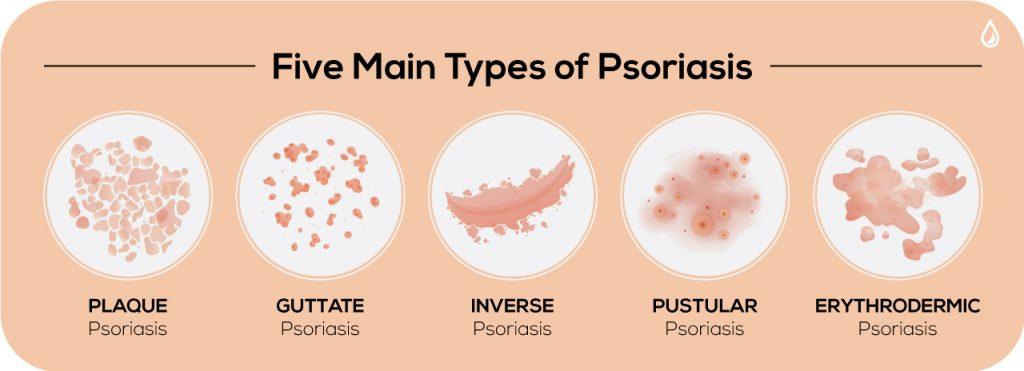
Psoriasis: How Many Types of Psoriasis Is There?
Recreational photo by: Woman photo created by karlyukav – www.freepik.com
Psoriasis is an autoimmune disease that affects the condition of the skin. A person with this disease can often be seen having visible symptoms such as red and flaky patches of skin covered with silvery scales. Though the cause of the disease remains unclear, researchers agree that the condition can be characterized by inflammation caused by the dysfunction of the body’s immune system. The dysfunction causes faulty signals to be sent out by the immune system, resulting in a faster growth cycle of the skin cells. Normal skin cell cycles happen every three to four weeks; however, individuals with psoriasis have a shorter cycle span of three to seven days instead. In addition, the skin cells produced from the cycle pile up on the skin’s surface instead of falling off, creating raised plaques.
Psoriasis affects 125 million people worldwide, making up two to three percent of the world’s total population. From this number, studies have shown that up to 30 percent of them develop psoriatic arthritis. Psoriasis can be inherited from your family genetics but the disease is not contagious. However, it is also possible to develop psoriasis even with no family history of the disease. Individuals predisposed to psoriasis are usually triggered by environmental factors like stress, injury to the skin, illnesses affecting the throat or skin and certain medications.
Psoriasis can appear on any part of the body, varying on different individuals with the disease. The most common affected areas include the lower back, elbows, knees, legs, feet soles, scalp, face and palms. Psoriasis usually occurs through cycles for a few weeks or months before subsiding.
Types of psoriasis

Psoriasis comes in several different types such as:
- Vulgar psoriasis
- Vulgar psoriasis, also known as plaque psoriasis, is the most common form of psoriasis. They are able to appear anywhere on the body. Most often found on the scalp, elbows, knees and torso. Plaques appear dry, raised and inflamed, accompanied by silvery scales.
- Guttate psoriasis
- A type of psoriasis that usually affects children and young adults. They appear as small and round spots known as papules. The papules are usually raised and scaly. This type of psoriasis develops suddenly and triggered by and infection, commonly strep throat infection.
- Inverse psoriasis
- This type of psoriasis can be triggered by fungal infections. It causes smooth patches of red skin that gets worse from friction and sweat. Inverse psoriasis usually affects the skin folds of the breasts, groin and buttocks.
- Pustular psoriasis
- This rare type of psoriasis appear as pus-filled lesions that can be found in widespread patches or in smaller areas on the palms of the hands or the soles of the feet.
- Erythrodermic psoriasis
- Erythrodermic psoriasis is the rarest type of the disease. Individuals with this type can be seen with an entire body covered with a red, peeling rash that itches or burn intensely.
References:
- National Psoriasis Foundation/USA. (n.d.). Psoriasis: Causes, Triggers and Treatments. Psoriasis. Retrieved August 13, 2021, from https://www.psoriasis.org/about-psoriasis/
- NHS website. (2020, November 16). Psoriasis. Nhs.Uk. https://www.nhs.uk/conditions/psoriasis/
- Mayo Clinic. (2020, May 2). Psoriasis – Symptoms and causes. https://www.mayoclinic.org/diseases-conditions/psoriasis/symptoms-causes/syc-20355840
- Persatuan Dermatologi Malaysia (PDM). (n.d.). Psoriasis Association of Malaysia. Dermatology.Org. Retrieved August 13, 2021, from https://www.dermatology.org.my/psoriasis_association.php
